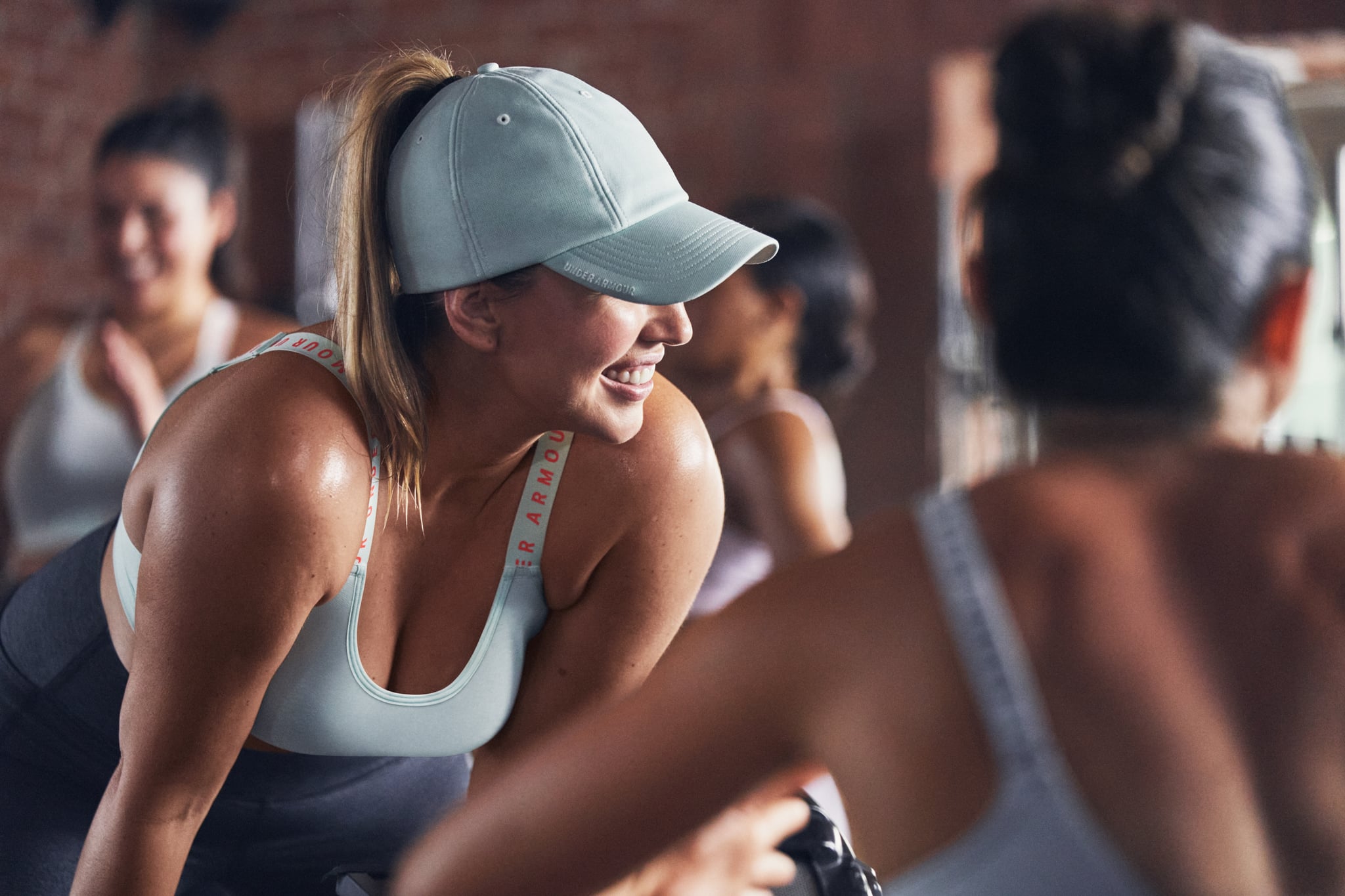
I’ve had a sensitive stomach for just about as long as I can remember. However, as I’ve gotten older, both my triggers and symptoms have made themselves more apparent. Without going into too much detail, my stomach and gut give me just about every problem imaginable: aches, cramps, and nausea claim the top spots. What’s more, what can trigger my sour stomach just happens to be one of my favorite healthy activities: working out.
For years, I suffered through my stomach issues and dared never to speak of them. But after a few shared anecdotes with friends who actually had similar woes, I realized I’m not the only athlete who has a sensitive stomach but refuses to give up a hearty workout to appease it. So after many years of learning to manage my workouts and my belly, I’ve come to the four-pronged approach that keeps my stomach happy and my workouts going strong.
Editor’s note: This is just what has worked for me after years of trial and error. This is a general health anecdote, and if you have specific medical concerns, consult your doctor before making any dietary or health adjustments.
Hydrate, hydrate, hydrate
It’s the best piece of advice for anyone working out and for good reason. After many runs that resulted in severe nausea and a headache or two, I realized I was not properly hydrating in advance of the physical activity I was asking my body to go through. But fueling my body about two hours before my activity with about 16 to 20 ounces of water kept my body hydrated and my nausea at bay.
Beyond that, I always make sure to hydrate during all of my workouts even if I don’t feel thirsty to avoid an empty stomach full of built-up stomach acid and muscle cramps. What’s more, I have a strict no-sports-drinks-until-after-the-workout rule for shorter training sessions or runs. For me personally, I find the sugars and flavoring in many sports drinks to be irritants for my stomach, so I know to avoid them. It’s all about knowing those triggers!
Always eat — but be sensible
This one took some time to get right: how much food, what kind of food, how far before the workout? All of these were questions I needed to address. And of course, everyone is different and has different dietary needs based on their health and workouts.
For someone like me who is prone to nausea after workouts but can’t consume too much for fear of cramps or bathroom breaks, a happy medium was a light carb snack (think: a cup of oatmeal, half an English muffin with a scoop of peanut butter, a half of a bagel) about an hour to an hour and a half prior to my workout did the trick. This allowed me to get the carbohydrate energy to boost my workouts without weighing me down or filling me with too much stomach-irritating fibers. Ultimately, just as not every workout is right for every athlete, not every fuel will be the right match. Pay attention to food labels and portions prior to your workout, so you can start to take note of what works and, more importantly, what doesn’t work for you. Eventually, you’ll find your winning combo.
Wait it out
I’m not a very patient person, so when I get it in my head that I want to work out, it can be difficult to sit and wait until my body is ready to take on the workout. But that’s exactly what I do. Having a more sensitive stomach has caused me to be more in tune to my body and its needs. And although my brain wants to work out immediately, my body simply can’t take that. I know that I need to wait at least an hour after a meal to break a sweat. I know that if I want to go on a long run in the a.m., I need to give myself at least an hour and several glasses of water to get my body awake and ready to complete the run without feeling sluggish, nauseous, or crampy.
Patience is hard for any athlete eager to achieve a goal, but it’s been the smartest thing I’ve ever done. Allowing myself to listen to my body’s needs, even if it’s as simple as time, has allowed me to train smarter, thus making my workouts only that much more impactful.
Know when to stop
Despite all my prep — water, a sensible carb, and time to prep — sometimes things just don’t go according to plan. As much as I’d like to say I can power through, I’m realistic and know that if my body is in pain or discomfort, that’s its way of telling me to slow down or stop completely. I allow myself that minute to listen to my body and stop. One of the best ways I’ve found to do this and not lose momentum and get discouraged is to reframe my workout. That’s why I prefer to opt for fitness gear like the UA Meridian Crop ($60) that can pull double duty across a number of sports, so if I need to stop a run and transition to yoga or stretching in order to ease my stomach, I’m ready to do so.
Ultimately, giving myself permission to listen to my body and adjust has actually made me more aware of my needs and how to meet them, so I can train to be the best athlete I can be.
